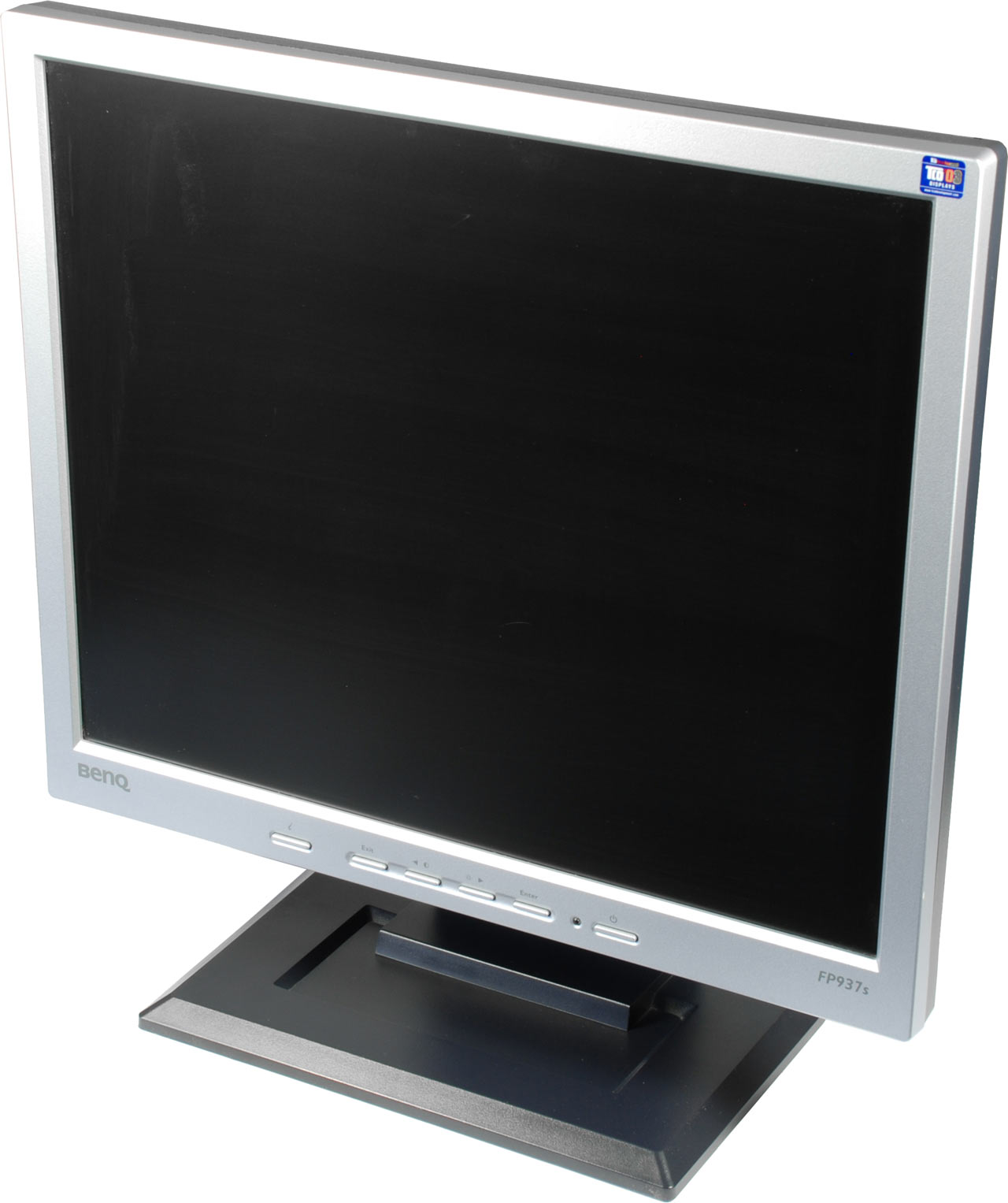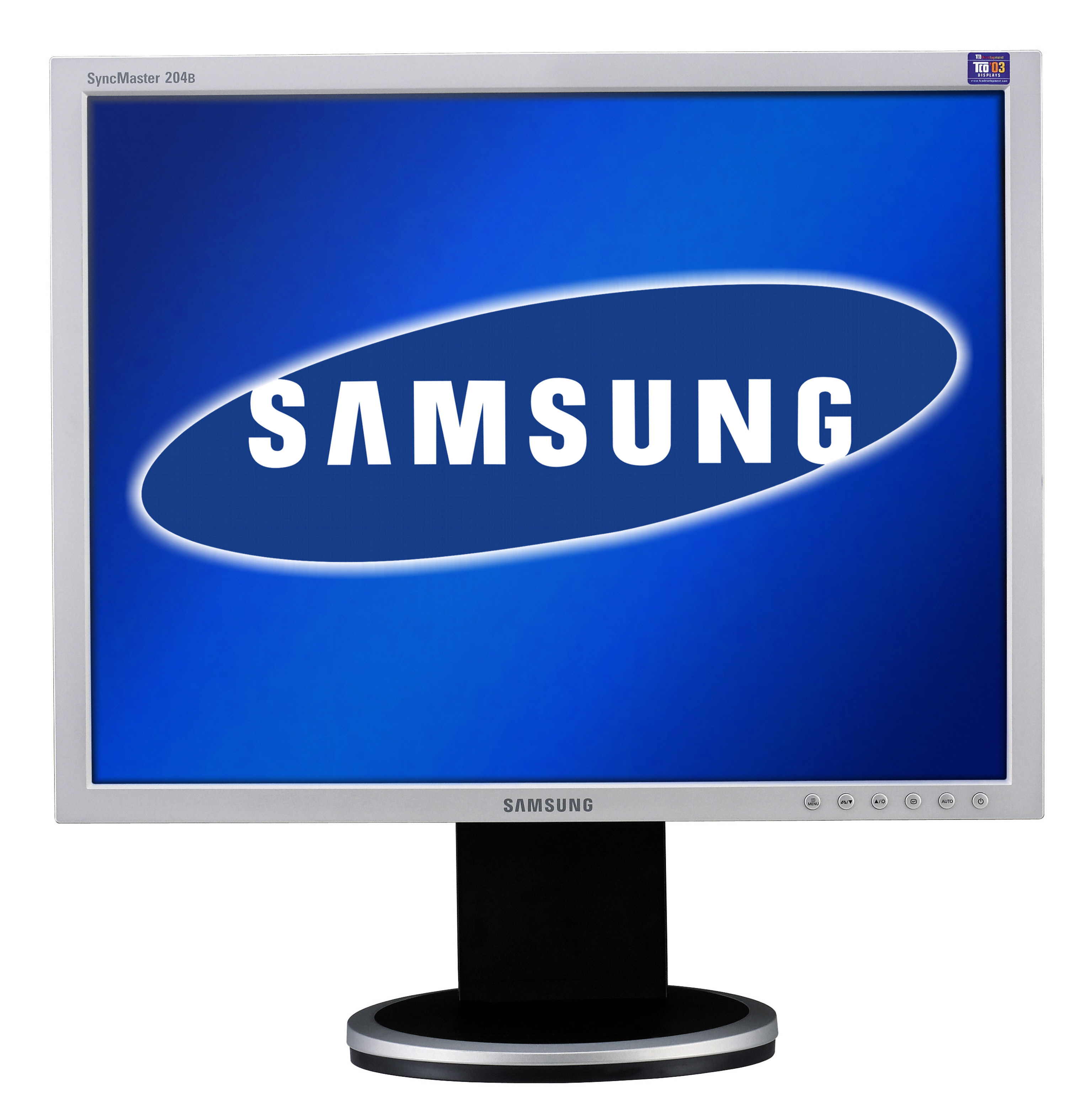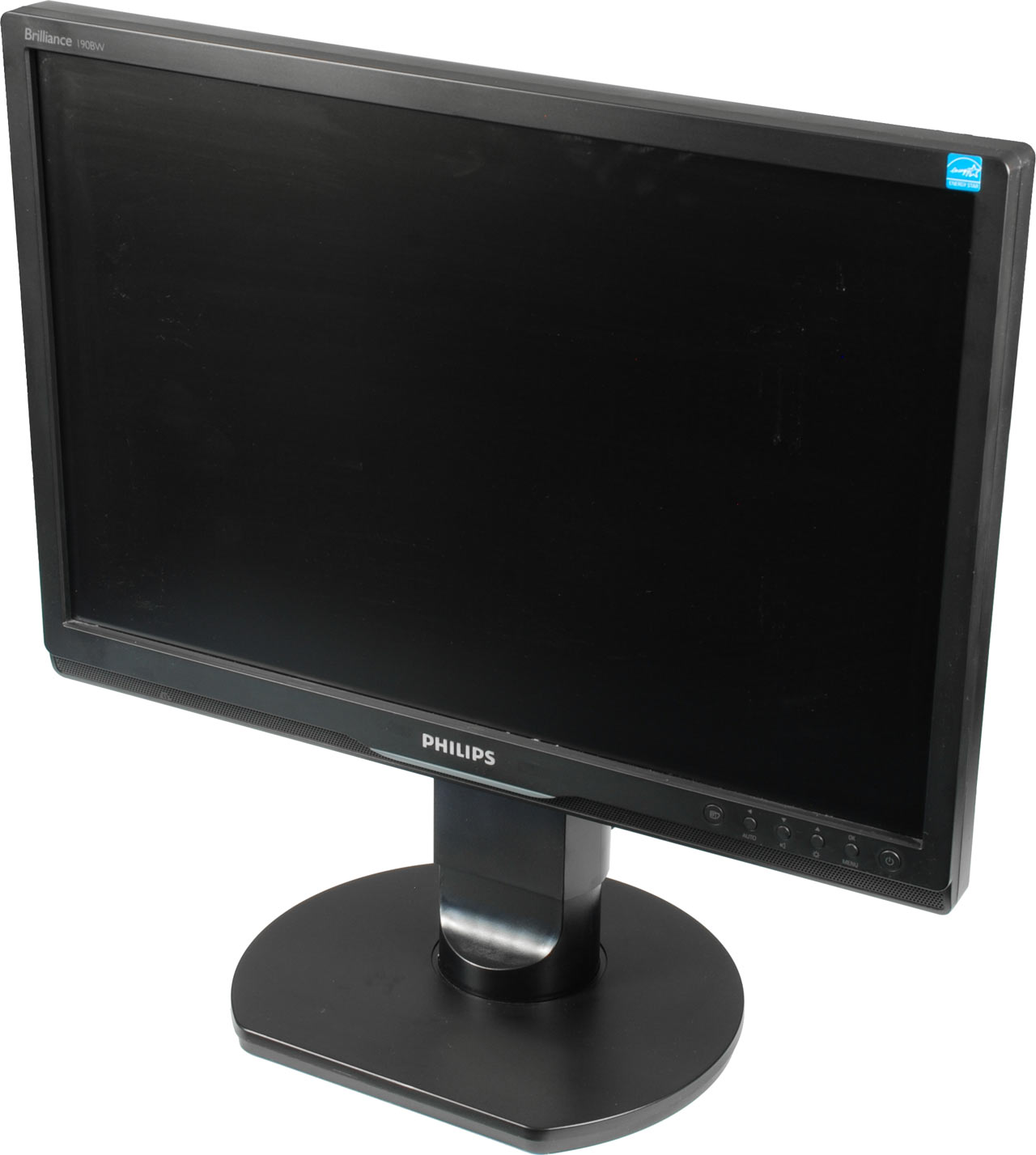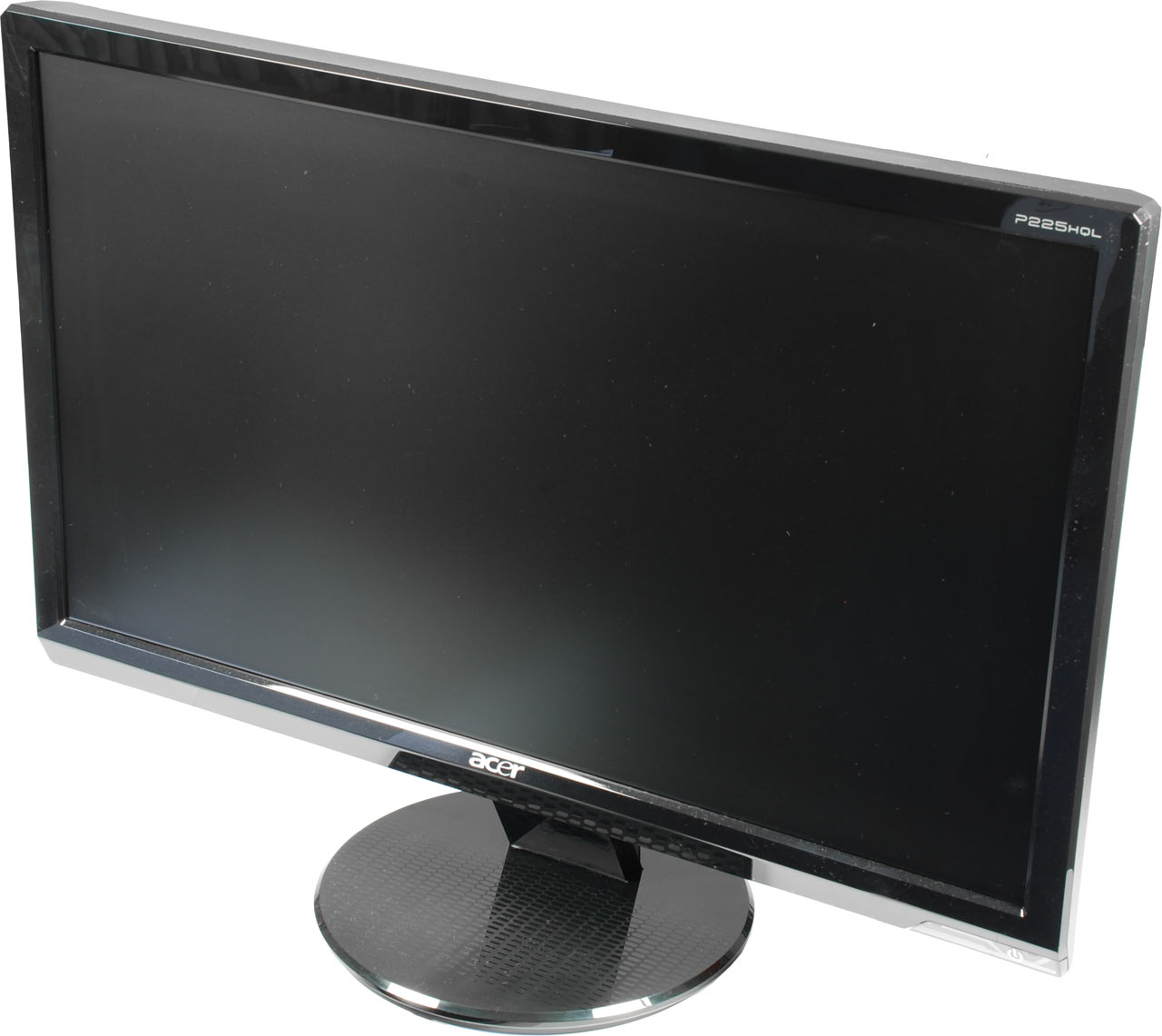Display Power Consumption: CRTs Versus TFT-LCDs
An increasing number of flat panel displays are based on LED backlighting, and their manufacturers aren't shy about promoting the technology's benefits to power consumption. We checked the claims to see if the promised savings are worth emphasizing.
Test Displays
These are our tested LCDs in chronological order.
19” Benq FP937S (2005)
Today, a 1280x1024, 19" unit like the FP937S is no longer special, and the display’s color reproduction is pathetic compared to newer products. A 12 ms response time, 250 cd/m², and 500:1 contrast ratio no longer impress, either. Still, if you don’t compare it directly to newer products, this relic works well enough. Power consumption is amazingly low at a maximum of 32 W, although you pay a price in having no digital connection ports.
20” Samsung SyncMaster 204B (2006)
This 20” TN panel is still decent, and was one of the first more affordable displays in 2006. It debuted under $400 and offered solid value. Compared to the newer 245B Plus (see below), the 204B outputs a more "yellow" white, but it also has much lower power consumption, staying below 35 W. This is very close to Samsung's 36 W specification.
24” Samsung SyncMaster 245B Plus (2008)
The 245B Plus was originally priced just below $400. Its colors are colder than those on the 204B, and we don’t trust the 245B Plus's color reproduction much. But the display turned out to be a good fit for office and multimedia applications, thanks to its 16:10 image ratio. We like that its height can be adjusted—something many display manufacturers quietly drop when they try to shave cost from mainstream products.
Get Tom's Hardware's best news and in-depth reviews, straight to your inbox.
19” Philips 190BW9 (2009)
This 19”, 16:9 display isn't particularly special in terms of display quality. But its 1680x1050 resolution is excellent for office applications. The screen has DVI and D-Sub inputs (budget hardware doesn't always offer both), speakers, height adjustment, a USB 2.0 hub, and a VESA wall mount. Last year, the 190BW9 solf for under $150.
22” Acer P225HQL (2010)
This is the only LCD display in our test lab with an LED backlight. The P225HQL is a 22” device with HD resolution (1920x1080) and a 16:9 aspect ratio. You can’t adjust height, and the glossy black housing demands regular cleaning. In addition, the image is somewhat cold and bluish. But again, it's fine for our test lab's purposes.
Current page: Test Displays
Prev Page Display Details And LCD Panel Types Next Page Test CRT And Setup



